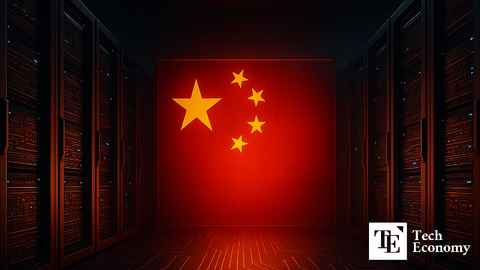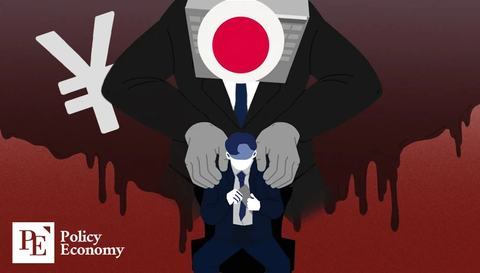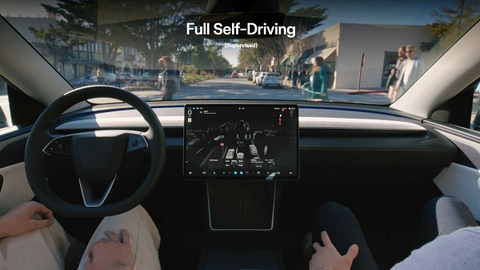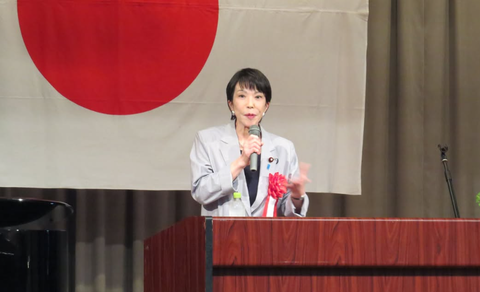"U.S. Containment Was Ineffective": 'Made in China 2025' Marks 10th Anniversary with Major Success
Input
Changed
Despite U.S. containment, China’s manufacturing competitiveness has soared Emerging as a top-tier player in autonomous driving and electric vehicles Preparing next-generation strategy… fostering semiconductor equipment

Ten years after the launch of the 'Made in China 2025' strategy in May 2015, China has significantly enhanced its manufacturing competitiveness. Despite strong U.S. sanctions and export controls, China has achieved technological self-reliance through its own capabilities. The government is now formulating the next phase of its industrial policy, focusing on semiconductor manufacturing equipment and other critical technologies.
Chinese Manufacturing Dominates the Market
According to the manufacturing industry on May 27, China has leveraged the 'Made in China 2025' strategy over the past decade to attain substantial manufacturing competitiveness. Notably, in sectors such as electric vehicles (BYD), EV batteries (CATL), solar energy (LONGi Solar), 5G communications (Huawei), drones (DJI), high-speed rail (CRRC), power equipment (State Grid Corporation of China), and new materials (Baowu Steel), China has produced at least one global leader in each field.
This rapid growth is underpinned by robust government support. According to market research firm Rhodium Group, tax incentives provided by the Chinese government to key industries increased by an average of 29% annually from 2018 to 2022. In 2022 alone, Chinese companies benefited from USD 185 billion in tax incentives. Direct investments through national funds also surged, reaching USD 52 billion in 2020, more than five times the amount in 2015.
The government has also focused on regulatory innovation. For instance, in 2021, China overhauled laws and regulations related to autonomous vehicles, designating 16 regions—including Beijing, Shanghai, Guangzhou, and Wuhan—as pilot cities for the joint development of connected cars and smart cities. In 2022, fully unmanned (Level 4) autonomous taxi services were authorized in areas like Wuhan, Chongqing, and Beijing. These policy initiatives have enabled technologically and cost-competitive autonomous driving companies to significantly enhance their market competitiveness.
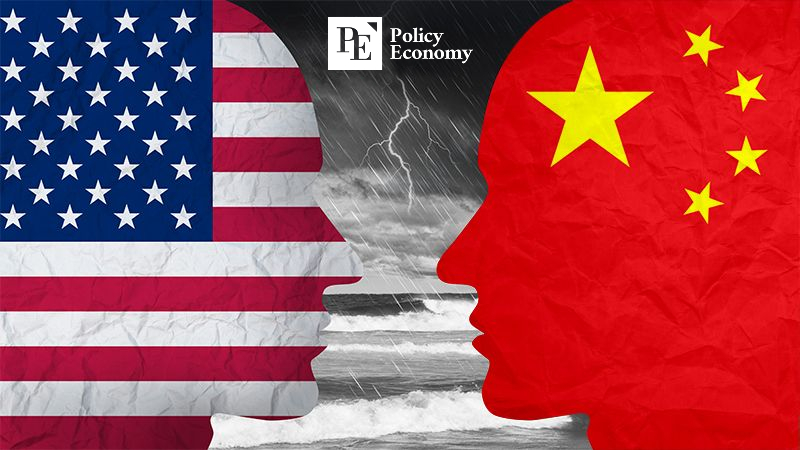
U.S. Interference Efforts
The market is paying close attention to China's technological rise despite U.S. containment efforts. Over the past several years, the U.S. has attempted to hinder China's manufacturing development policies, primarily through technology export restrictions. U.S. companies have been prohibited from exporting advanced semiconductors, equipment, and software to Chinese firms. Since 2020, major Chinese companies like Huawei and SMIC have been blacklisted, effectively severing technological collaborations.
Additionally, the U.S. has sought to isolate China by strengthening supply chain cooperation with allies. It has built close relationships with semiconductor powerhouses such as South Korea, Taiwan, and Japan and promoted the formation of technology alliances that exclude China. The U.S. has also restricted China's overseas technology acquisitions. When Chinese state-owned enterprises or investment funds attempt to acquire advanced technology companies in the U.S. or Europe, the Committee on Foreign Investment in the United States (CFIUS) intervenes to block such deals. CFIUS has the authority to review, restrict, or block foreign investments in U.S. companies that could impact national security.
However, these U.S. sanctions have yielded limited results. Instead, they have heightened China's sense of urgency and motivated its push for technological self-reliance. A market insider noted, "Confronted with U.S. sanctions, China strengthened its localization strategy under the slogan 'self-reliance and self-strengthening.' While U.S. regulations may have caused short-term setbacks for China, they have inadvertently accelerated China's technological independence in the medium to long term."
A Second 'Made in China 2025' on the Horizon
Having successfully concluded the 'Made in China 2025' strategy, China is preparing a new growth plan. On May 26 (local time), Bloomberg reported, citing informed sources, that Chinese authorities are developing a next-generation version of the 'Made in China 2025' policy, a key initiative of President Xi Jinping. This new policy will focus on nurturing core technologies, including semiconductor manufacturing equipment, over the next decade. China also aims to maintain a consistent proportion of manufacturing in its GDP over the medium to long term.
President Xi has consistently emphasized the need to strengthen manufacturing competitiveness. During a visit to Luoyang in Henan Province on May 19, he stated, "We must continuously strengthen manufacturing and achieve innovation in key technological fields." At a symposium for the 15th Five-Year Plan held last month, he stressed the goals of "scientific and technological innovation, upgrading traditional industries, developing emerging industries, fostering future industries, and building a modernized industrial system." The 15th Five-Year Plan outlines China's economic strategy from 2026 to 2030.
Bloomberg analyzed that China's focus on bolstering manufacturing could complicate U.S. efforts to "rebalance the Chinese economy." While the U.S. is encouraging China to boost domestic consumption to reduce the trade deficit, Chinese authorities are concentrating on maintaining an export-dependent, manufacturing-centered economy. Currently, consumption accounts for about 40% of China's GDP, a relatively low figure compared to the 50–70% typical in developed countries. In contrast, investment, including manufacturing, accounts for about 40% of China's GDP, nearly double the proportion in the U.S.


